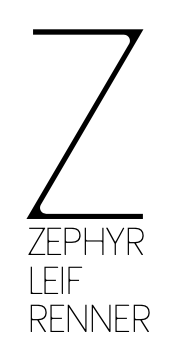
Hans Wegner Andreas Tuck Bar Cube
By the mid to late 1950s Hans Wegner’s collaboration with Carl Hansen and Andreas Tuck (whose families had long been friends in Odense) had already broadened to an upholstery specialist (Anker Pedersen of AP); a cabinetry specialist (Han’s friends at RY Møbler); and a factory specialized in seating with loose cushions. The American export market was exploding with demand especially for Hans Wegner’s designs, but executed in teak, as opposed to the more danish native choices of light wood, oak and beech. There was a recent innovation of carbide cutting blades on the heavy woodworking machinery was now allowing teak to be cut outside of small shops who had still used hand saws to cut it. This set the stage for Hans Wegner to design a celebration of teak and the new machinery that was allowing it to be worked in larger volume. He envisioned a simple cube, nothing more than a wooden box really. It most often executed in solid teak with rows of pristine dovetail joints marching up and down the corners; a curving lid perfectly cut out of the solid slabs of with handles carved in, the fit so tight when it closes you can hear the air rushing out; a drawer magically cut out of the front. The steel legs below it are inset enough to make it appear to float and of course they are intentionally not teak so they do not distract. The Bar Cube was a notice to the hand cabinetmakers of Copenhagen who might have done this work by the one or two that now it could be done by the dozen. This is why it was not made by his hand cabinetmaker, Johannes Hansen but rather by machine cabinetmaker, Andreas Tuck. There was only a brief moment when this was a success. Unfortunately the buying public did not greatly appreciate the cost of the solid teak and likewise the language of the dovetail joints showing that solid teak was also lost on them, as it could be faked in veneer. It was a rare confluence of design, materials, machinery, and a tiny slice of the buying public. It’s function is almost secondary, although of course it works wonderfully as a dry bar. It is also functionally a side table by height and breadth. Designer: Hans Wegner Maker: Andreas Tuck Year of Design: 1956 Year Made: circa 1958 (The mark that reads ‘Fabrikat’ in Danish is earlier than the English mark) Price: on asking….






